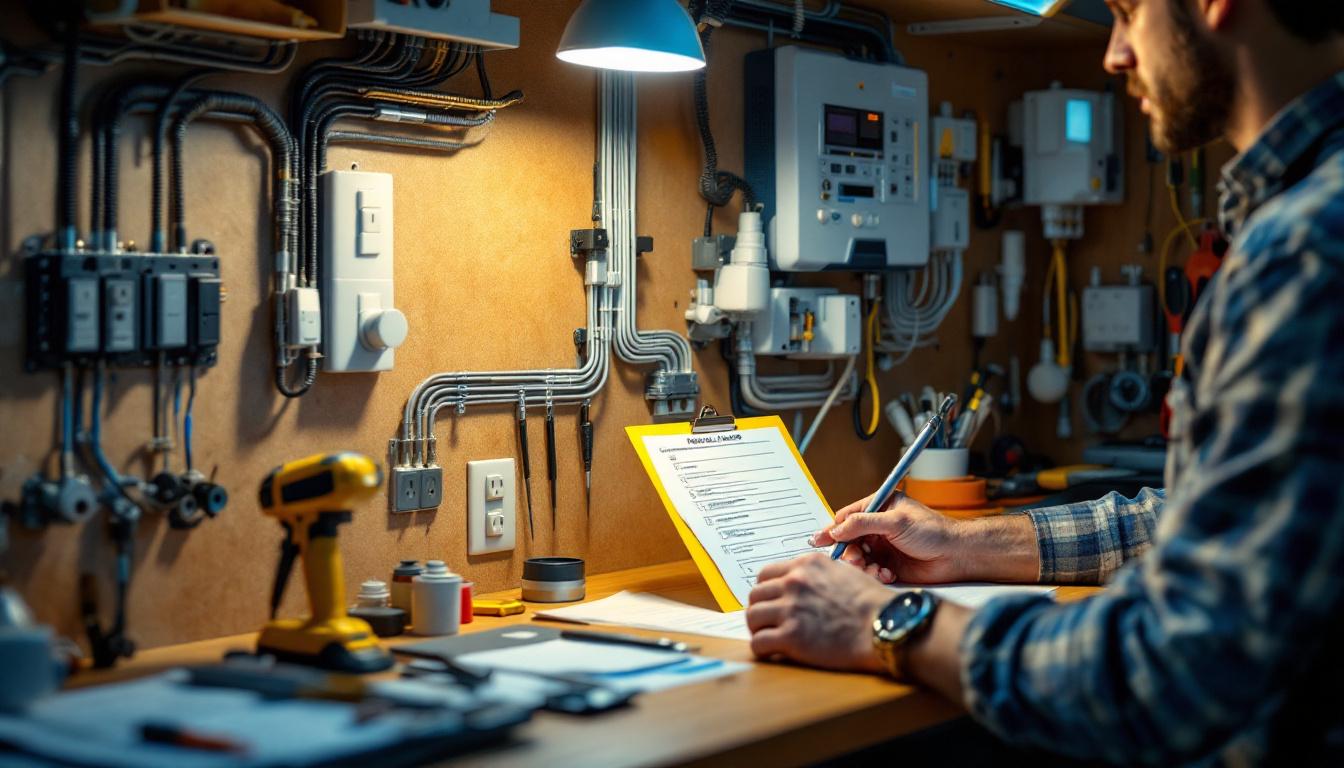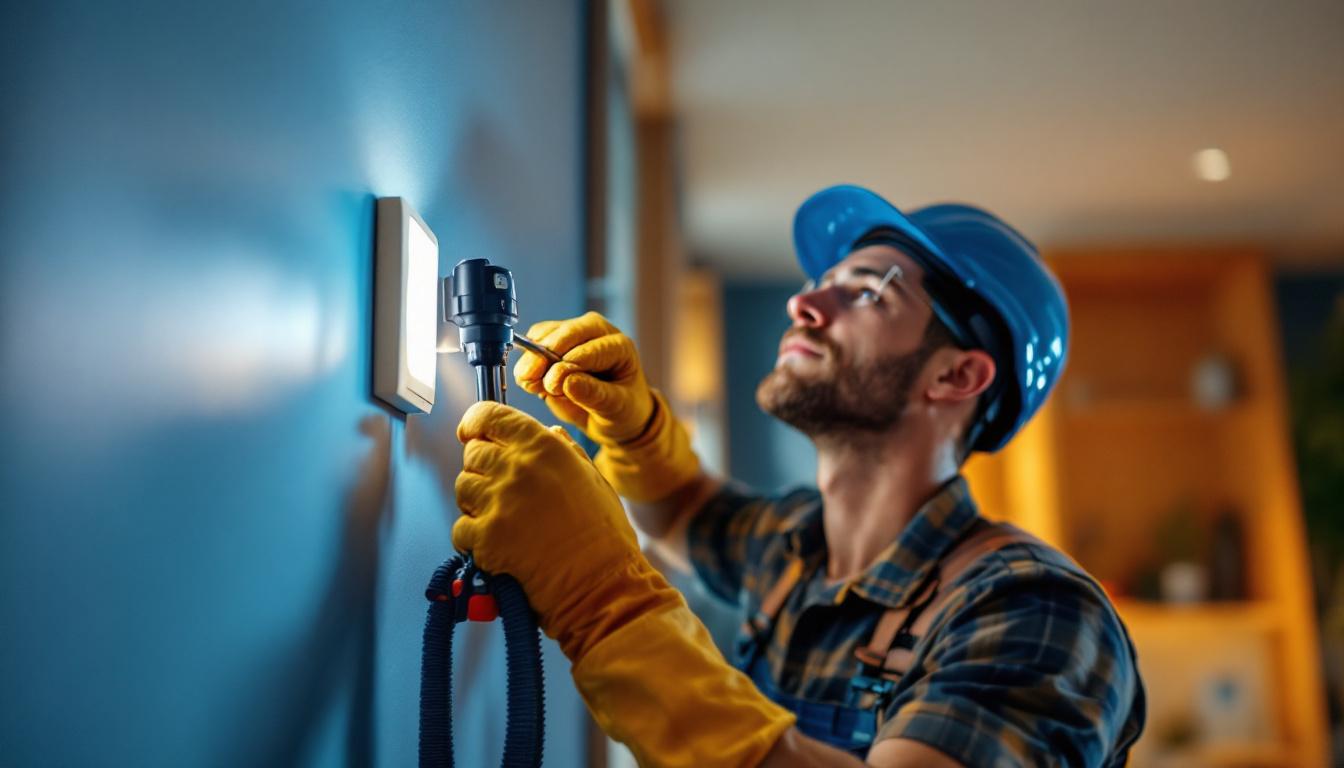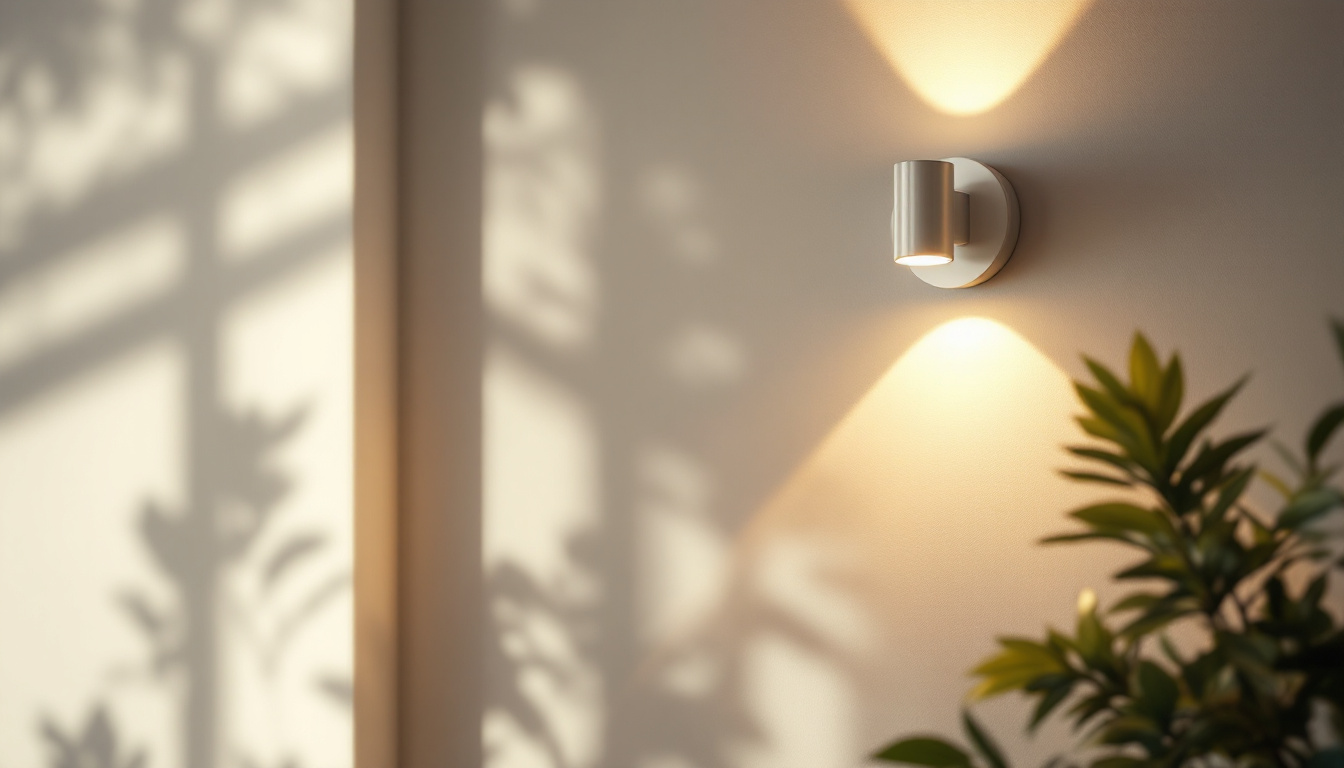
As a lighting contractor, ensuring that every project runs smoothly and efficiently is paramount. One of the key components of any lighting installation is the proper selection and installation of sockets and switches. This article provides a comprehensive checklist that will help lighting contractors navigate the myriad of options available, ensuring that every installation meets both safety standards and client expectations.
Before diving into the checklist, it’s essential to understand the fundamental differences between sockets and switches. Sockets are electrical devices that allow for the connection of lighting fixtures to the electrical supply. They come in various types, including standard, recessed, and surface-mounted options. On the other hand, switches control the flow of electricity to the fixtures, allowing users to turn lights on and off as needed.
Both components play a crucial role in the functionality and aesthetics of lighting installations. A well-chosen socket can enhance the design of a space, while an efficient switch can improve user experience. Therefore, understanding the various types available is the first step in ensuring a successful installation. Additionally, the choice of sockets and switches can significantly impact energy efficiency and safety, making it vital to consider the latest standards and technologies available in the market.
When selecting sockets, contractors must consider the specific needs of the project. Here are some common types:
In addition to these common types, there are also specialty sockets designed for specific applications. For instance, weatherproof sockets are essential for outdoor lighting, ensuring durability against the elements. Furthermore, smart sockets have emerged as a popular choice in contemporary installations, allowing users to control their lighting remotely via smartphone apps or voice commands. This integration of technology not only enhances convenience but also promotes energy conservation by enabling users to monitor and adjust their usage patterns.
Switches also come in various forms, each serving a unique purpose:
Beyond these standard options, there are also advanced switch types that cater to modern needs. For example, motion sensor switches automatically turn lights on or off based on movement, which is particularly useful in areas like bathrooms or garages where hands may be full. Another innovative option is the smart switch, which can be programmed to operate on a schedule or be controlled remotely, offering unparalleled convenience and energy savings. These advancements not only enhance the functionality of lighting systems but also contribute to a more sustainable approach to energy consumption in homes and commercial spaces.
Having the right tools and equipment is critical for any lighting contractor. The following list outlines the essential items needed for the installation of sockets and switches:
Every contractor should have a well-stocked toolbox. Essential hand tools include:
In addition to these basics, it’s beneficial to include a set of adjustable wrenches and a utility knife. Adjustable wrenches can accommodate various sizes of nuts and bolts, making them versatile for different tasks, while a utility knife is invaluable for cutting through insulation and other materials with precision. Furthermore, having a good quality tape measure is essential for ensuring accurate placements of fixtures and fittings, which can significantly affect the overall aesthetics and functionality of the installation.
Safety is paramount in electrical work. Testing equipment helps ensure that installations are up to code:
Beyond these essential testing tools, it’s wise to invest in a clamp meter, which can measure current without needing to disconnect wires, thereby enhancing safety during troubleshooting. Additionally, circuit analyzers can provide detailed insights into the performance of electrical systems, allowing contractors to identify potential issues before they escalate. These tools not only improve safety but also enhance the efficiency of the installation process, ensuring that every job meets the highest standards of quality and compliance.
Once the tools are gathered, it’s time to focus on the installation process. Here’s a detailed checklist to follow during the installation of sockets and switches:
Before starting any installation, preparation is key. Ensure that:
The installation of sockets involves several steps:
Switch installation follows a similar process:
Safety should always be the top priority for lighting contractors. Here are some essential safety tips to keep in mind:
Using the right PPE can prevent injuries on the job site. Essential items include:
In addition to personal safety, electrical safety is crucial:
Once the installation of sockets and switches is complete, several important steps remain:
Before finalizing the project, thorough testing is essential:
After testing, it’s beneficial to conduct a walkthrough with the client:
To ensure the longevity and safety of the installed sockets and switches, regular maintenance is crucial. Here are some tips to consider:
Encourage clients to conduct regular inspections of their lighting fixtures:
Proper cleaning can extend the life of lighting installations:
In the world of lighting contracting, attention to detail is essential. By following this comprehensive checklist for sockets and switches, contractors can ensure that their installations are safe, efficient, and aesthetically pleasing. From understanding the different types of sockets and switches to adhering to safety protocols and maintenance tips, this guide serves as a valuable resource for contractors aiming to deliver high-quality lighting solutions.
Ultimately, a successful installation not only meets technical requirements but also enhances the overall experience for the client. By prioritizing quality and safety, lighting contractors can build a reputation for excellence in their field, leading to satisfied clients and repeat business.
Ready to elevate your lighting installations with the highest quality sockets, switches, and lighting accessories? Look no further than LumenWholesale. Our spec-grade products are designed to meet the rigorous demands of any project, ensuring reliability and performance that surpass industry standards. With unbeatable wholesale prices and the convenience of free shipping on bulk orders, you can trust LumenWholesale to provide the best value without any hidden fees. Make your next project a shining success and experience the best in wholesale lighting today.

Discover how the 10 ft light bar is revolutionizing the lighting industry for contractors.

Discover essential do’s and don’ts for switching sensors in lighting projects.

Discover the secrets to enhancing your home’s ambiance with wall mount light fixtures.

Explore the top challenges lighting contractors face when installing solar LED outdoor string lights.